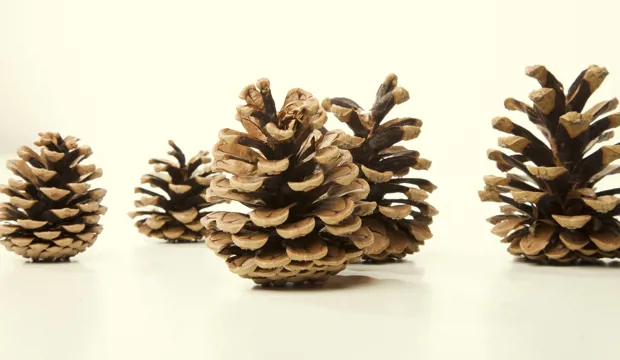
Magic square puzzles
Practical investigation to create ‘magic squares’ in the playground
This is one of a set of resources developed to support the teaching of the primary national curriculum. They are designed to support the delivery of key topics within maths and science.
This engaging magic square puzzle activity for KS1 delves into the realm of number arrangements and challenges students to uncover the magic hidden within these intriguing square grids.
Prepare to exercise your logical thinking, addition abilities, and problem-solving skills as you embark on a journey to create and solve magic squares. Whether you are a math enthusiast or love a good brain teaser, this activity will captivate and challenge you.
Activity introduction
This activity is one of a set of free STEM resources developed to support teaching the primary national curriculum and key topics within maths and science. This resource focuses on developing the ability to add numbers using Magic Square grids.
This activity could be used as a starter or main activity to introduce maths problem solving using addition. Learners could complete it in pairs or small groups. Although this activity is designed to be carried out in a playground (which has the advantages of scale and allows chalk to be removed), it could equally be done on paper in a classroom.
How long will this activity take?
This activity will take approximately 35-60 minutes to complete. Download the worksheets below for a handy step-by-step guide and lesson plan.
What are magic squares?
Magic squares are intriguing mathematical arrangements of numbers within a square grid, where the sum of the numbers in each row, column, and diagonal is the same. Each number is unique within the square, and the challenge lies in finding the right arrangement to achieve the magical property. Magic squares have a long history dating back to ancient times and have captivated mathematicians and enthusiasts alike. They possess symmetrical and symmetrically complementary patterns, adding to their aesthetic appeal. Magic squares can vary in size, from 3x3 grids to larger ones, presenting a wide range of complexity and opportunities for exploration within recreational mathematics.
The engineering context
Engineers need to solve several puzzling problems when designing products. For example, chemical engineers must determine the amount and combination of ingredients required to create tasty and effective toothpaste.
Suggested learning outcomes
By the end of this activity, students will be able to solve Magic Square problems using addition, they will be able to add small numbers by mental arithmetic, and they will be able to create Magic Square grids of varying sizes and difficulty.
Download the free activity sheet below!
All activity sheets and supporting resources are free to download, and all the documents are fully editable so that you can tailor them to your students and your schools’ needs.
The activity sheet includes teacher notes, guidance, helpful web links, and links (where appropriate) to the national curriculum in the four devolved UK nations; England, Northern Ireland, Scotland and Wales.
Please share your classroom learning highlights with us @IETeducation




